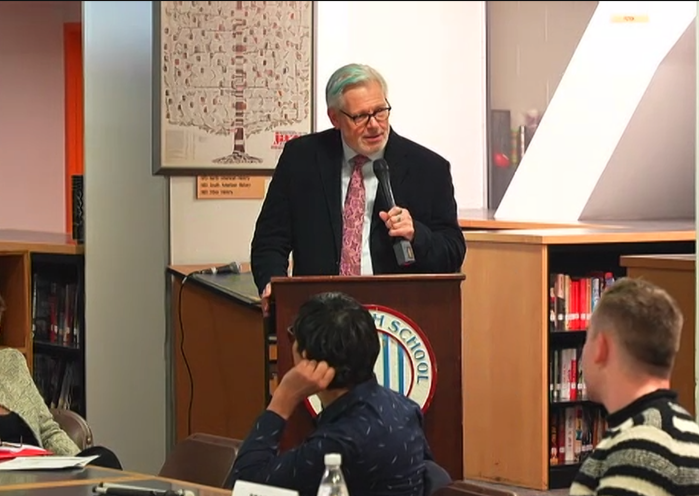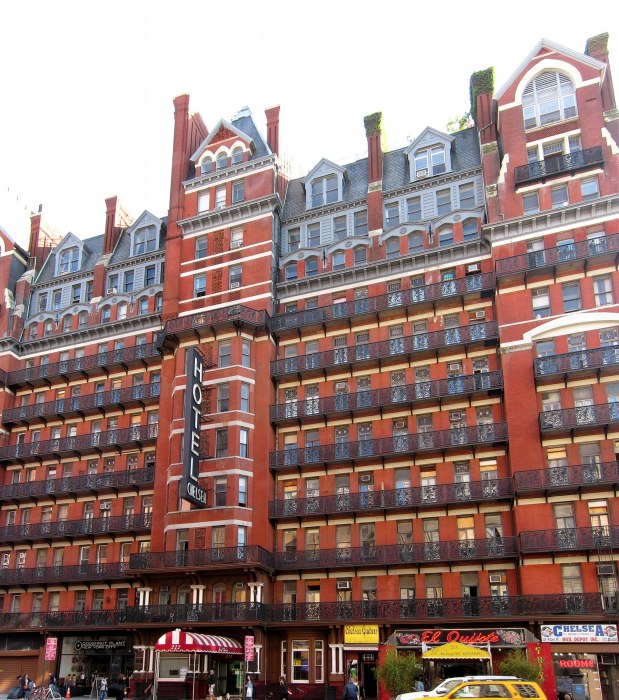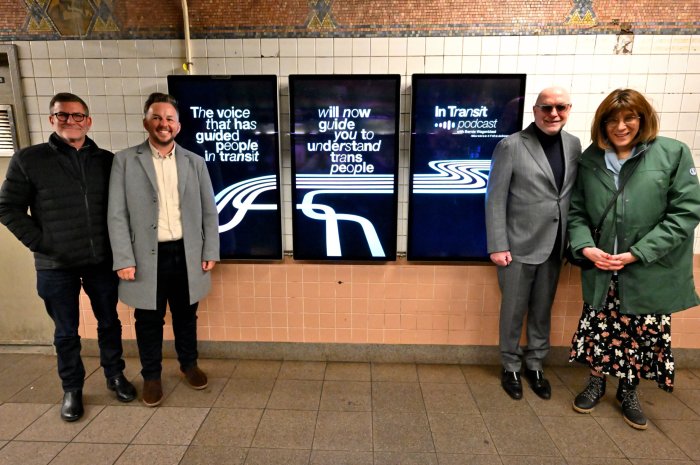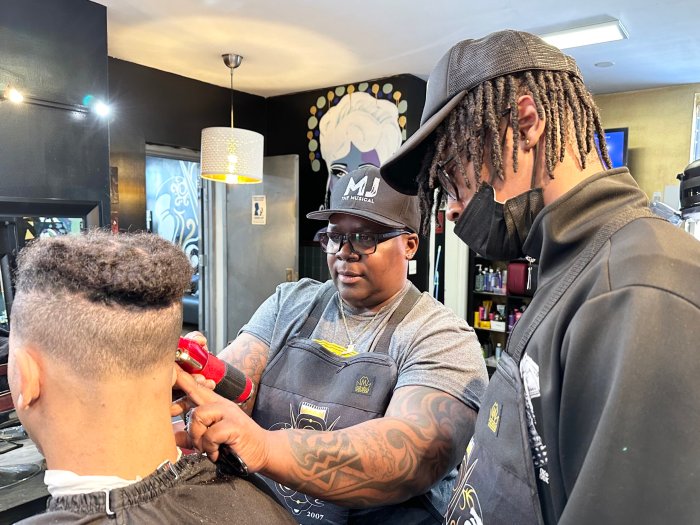In an effort to advance the city’s graffiti-removal program, the City Council has introduced legislation that would allow crews to clean vandalized buildings without having to wait for the property owner’s permission.
The new measure, an amendment to the current “Graffiti Free” bill, received a test run in West Chelsea on Mon., Aug. 31, where Council Speaker Christine Quinn gathered with local elected officials and advocates to observe the cleanup process firsthand.
“Today we cleaned a piece of graffiti that has defaced this corner of Chelsea for years,” said Quinn, who became bothered by a tag spray-painted on a wall on 24th St. and 10th Ave. next to the High Line. “With the help of Graffiti Free NYC and members of the community, we are able to bring beauty back to this block in my neighborhood. With the new ‘Graffiti Free’ bill, we are now giving more power to the community to keep their neighborhoods beautiful.”
In order for residential and commercial buildings to receive free graffiti-removal services, property owners currently must submit a waiver granting crews permission to clean the building. Under the proposed legislation, property owners will instead submit a form to the city only if they wish to keep graffiti on their building or take it down themselves.
Once a building is identified for graffiti removal, the city will notify the property owner of the planned cleanup. The owner will then have 35 days to opt out of the removal by submitting a form requesting that the graffiti remain on the building or that they will remove it themselves.
“Taggers and defacers start with a big advantage: Graffiti is quick and easy to get up, and time consuming and expensive to remove,” said the bill’s primary sponsor, Upper West Side Councilmember Gale Brewer. “And despite our best efforts year after year, I recognize that we need a new approach.”
The owners of the Chelsea property that received the free steam-cleaning as part of the initiative were previously unaware of the city’s removal program and therefore chose not to remove the offending graffiti themselves due to the cost.
“We’ll have a much cleaner-looking place,” said Doris Corrigan, a longtime community advocate who attended the event. “The cleaner Chelsea is, the more people will be proud of it.”
Ed Kirkland, another longtime advocate and member of Community Board 4, applauded the new bill but said that it shouldn’t act to shut out graffiti completely in the city.
“Sometimes it has artistic value, and there are some places in the city where they should be able to do it,” he said. “Some of those [subway] trains were extraordinary when they were covered over.”
Since launching in 1999, the program has removed graffiti from more than 27,000 sites—1,900 of which were in the Village, Chelsea and Hell’s Kitchen neighborhoods. So far this year, 414 sites have been cleaned in these areas. Removal requests can be submitted by calling 311 or visiting www.nyc.gov/graffitifreenyc.
— reporting by Jefferson Siegel


































